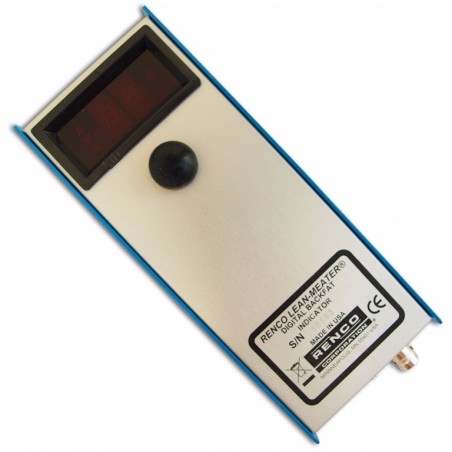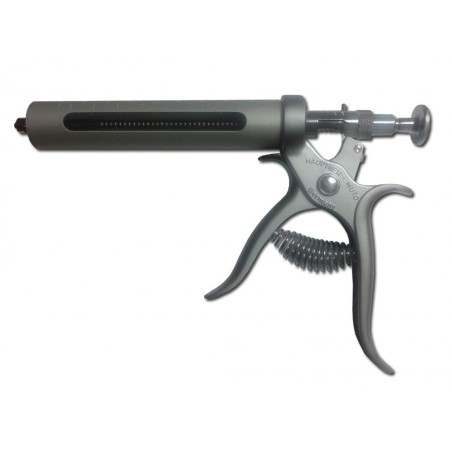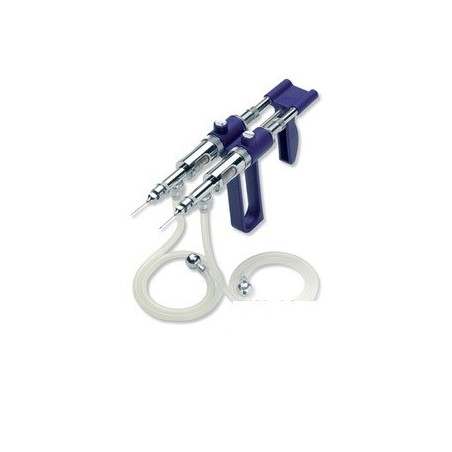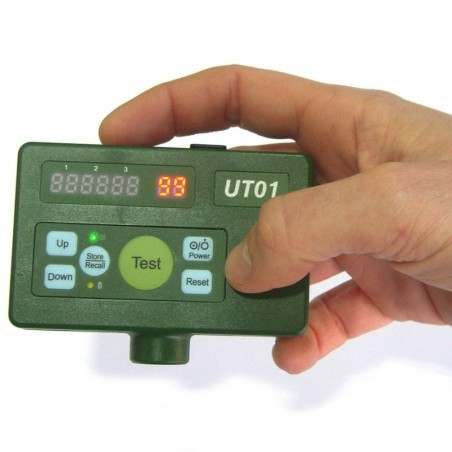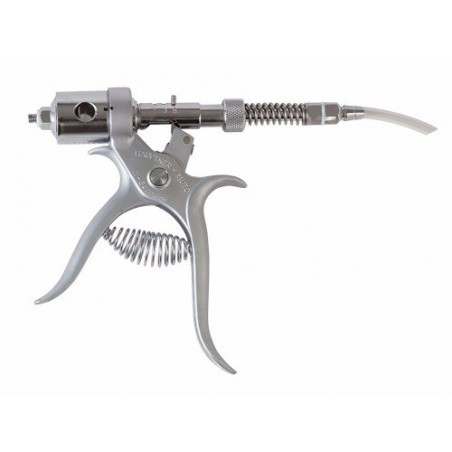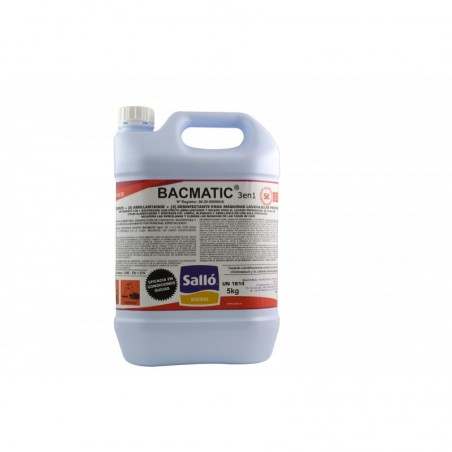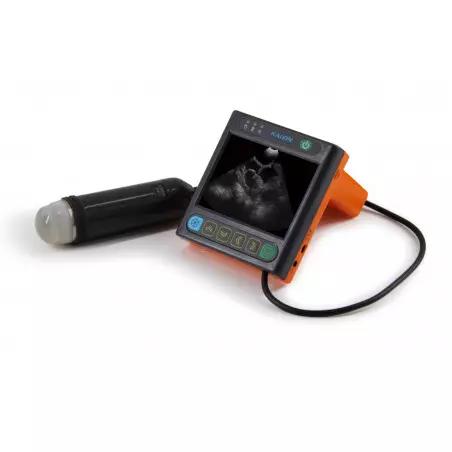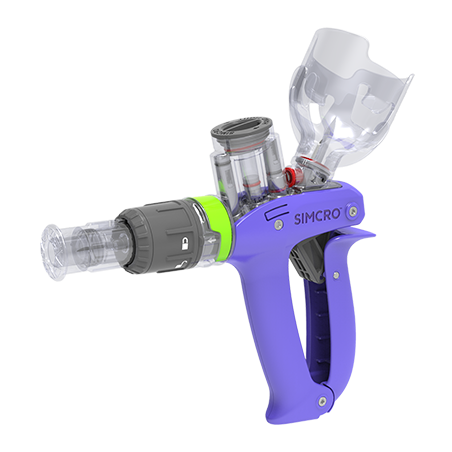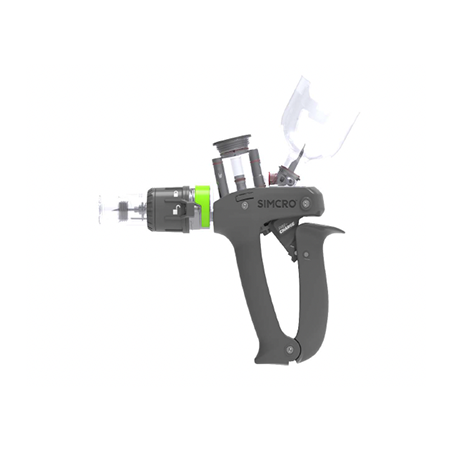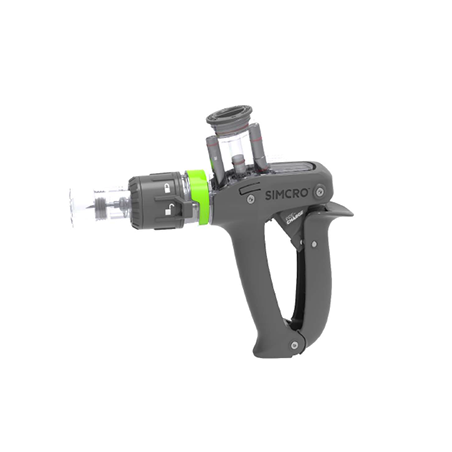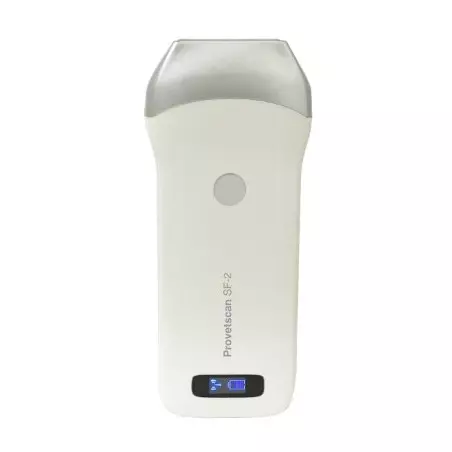Juan Manuel Herrero explains that PIC offers its customers up to four different maternal lines for the production of two commercial sows (the Camborough sow and the PICx54 of Danish origin) and eight terminal sire lines that encompass most markets globally.
It is impossible to cover the specific information of each line in this article and so we will focus on the maternal lines, and more specifically on the Camborough, although Herrero tells us that many of the genetic priorities are common between all the lines.

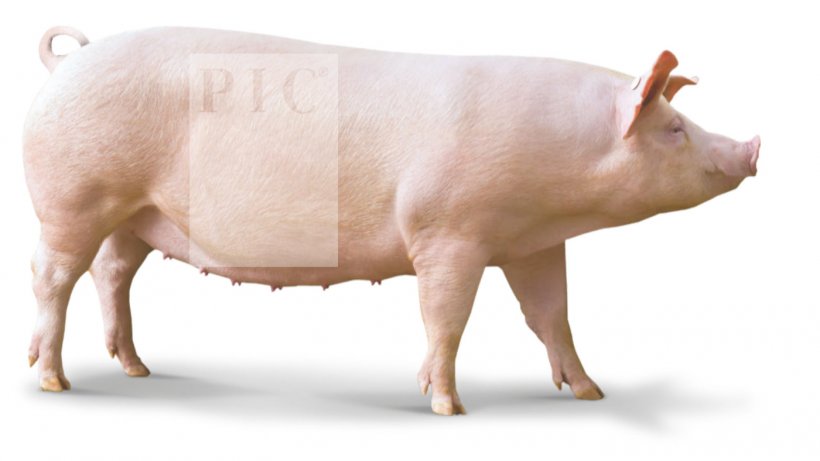
The Camborough sow
Basis of the genetic program
Genotyping more than 200,000 animals per year including all lines and traits. Genomic information is essential to increase the accuracy of genetic evaluations. The more genomic data, the more accurate and faster the genetic improvement.
- Data collection in the genetic nucleus farms is completed with the GNX program, which has been collecting large volumes of genotypic and phenotypic data from commercial farms since 2003. This program makes it possible to be more efficient, especially in improving robustness traits such as mortality in finishing, as well as carcass traits. For example, finishing mortality in a selection nucleus with a high health status can be difficult to observe but, in commercial farms, there are more possibilities to measure mortality.
- Artificial intelligence: PIC starts implementing artificial intelligence at the commercial level this year for the improvement of robustness traits.
- Gene editing allows them to already have populations totally resistant to PRRS, although Europe seems far from being able to have these animals because it requires governmental permits and authorizations. In other parts of the world, significant progress is being made toward the commercialization of PRRS-resistant pigs.
- Genetic dissemination. PIC has expanded its elite populations significantly in recent years in all its lines, both in the volume of animals and in different locations. For example, the Duroc line has increased 10-fold in the last 5 years. This high number of selection nucleus farms, and the genetic interconnection of selection nucleus farms on all continents, allows for contingency plans in the face of increasingly frequent barriers to animal movement.
Selection criteria
The selection criteria are the same for all PIC maternal lines and are summarized in these four cornerstones:
1. Sow productivity
For maternal lines, this is the most important aspect of the selection criteria. Specifically, the sow's prolificacy. But, to prevent the progressive reduction of birth weight and piglet survival, Herrero points out: "PIC included the birth weight trait in 2013, taking advantage of the implementation of genomic selection, together with the reasons for piglet losses. In this way, we can improve both prolificacy and piglet quality, and ultimately the number of piglets weaned". Because of the high correlation between weaning weight and birth weight, the basis for this improvement is the search for weaned litters with a high number of piglets with good weight, uniform litters, as well as the recording of the reasons for piglet loss.
Number of teats is also included for the dam lines. Logically, this is completed with phenotypic selection, not accepting animals with less than 14 functional teats as maternal line breeding sows. He emphasizes, "In our last revision in 2021, 65% of our L03s had 16 or more teats".
2. Robustness
Robustness is a trait related to longevity and is particularly important today. PIC has a dual approach regarding longevity:
On the one hand, the improvement of leg conformation through visual assessment during testing by trained people. In addition, in the coming months, artificial intelligence will be implemented to evaluate leg conformation quality by means of cameras that capture gait, step, body structure, etc. and by means of adjusted logarithms, an assessment of robustness is obtained.
On the other hand, (specific to the Camborough), a longevity and robustness trait is selected, developed through years of collecting data from commercial farms on causes of sow mortality and early culling due to reproductive failure. Applying the GNX philosophy, this longevity value is given to pure lines with the objective of predicting the probability of a sow dying or being prematurely culled.
3. Growth and conversion
Herrero reminds us that 50% of the genetics of the pig that arrives at the slaughterhouse comes from the sow, so the sow also needs to provide growth efficiency. This is why at testing, in addition to evaluate teat number and leg conformation, weight, back fat, and loin depth are also measured.
The nucleus farms are also prepared to measure the feed conversion ratio.

4. Meat and carcass quality
Logically, in terminal sire lines, this fourth pillar is much more important. In terms of meat quality, pH carries a lot of weight in the improvement program because of its impact on important factors such as color and water-holding capacity, among others. In addition, a new trait is added, which PIC defines as tenderness, which seeks to improve the final consumer's perception. Finally, the meat quality improvement package is completed with the improvement of intramuscular fat in the Duroc lines.
Finally, Herrero explains that elite farms have specific instructions to record anatomical defects in pure animals such as inguinal and umbilical hernias or cryptorchidism. Although it must be taken into account that some of these defects (for example, umbilical hernias) have very low heritability, which makes rapid improvement difficult.
Phenotypic selection
Herrero emphasizes the importance of phenotypic selection. Any animal that does not meet phenotypic standards will not be used as a breeding animal, regardless of its genetic value. For example, if the gilt has poor leg conformation, if it does not have a minimum of 14 teats, or if it is a Large White that does not have erect ears, etc., it will not be selected.




